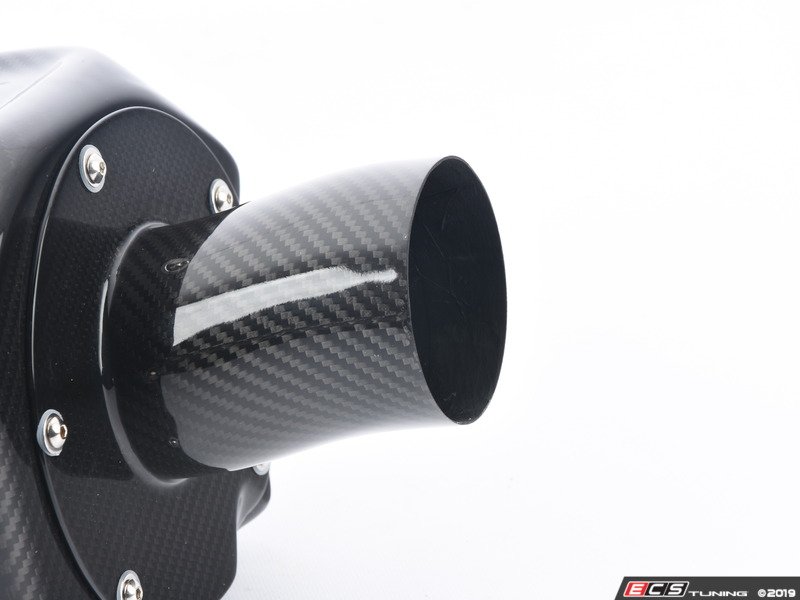

In ActionĪs Rivera explained, throttle movement causes a change in MSD, shifting the air diaphragm, which is almost instantly transferred through the shaft to the fuel diaphragm and the regulator ball, resulting in a change in fuel flow.įor instance, when the pilot opens the throttle valve, airflow increases, causing a change to the MSD. API stocks a range of fittings that work for most common installations. These fuel inlet and outlet fittings fit a particular project. The two areas are proportioned so that when the engine is operating at a fixed throttle-valve setting, the forces generated by the two diaphragms are balanced, and the fuel flow is steady. Fuel pressures are greater than the air pressures, so the dynamic area of the air diaphragm is considerably larger than the dynamic area of the fuel diaphragm. Venturi theory states that doubling the airflow creates four times the MSD. Rivera tied together the importance of MSD and MH when we learned jet theory, which states that doubling the fuel flow through the fuel jet creates four times the MH. The MSD is always trying to open the fuel regulator ball valve, which will increase fuel flow. These pressures are applied to opposite sides of the air diaphragm in the regulator. Metering suction differential (MSD) is the differential between ram air pressure and venturi pressure. The before-jet pressures are applied to one side of the fuel diaphragm in the regulator section of the fuel control the after-jet pressures are applied to the opposite side of the diaphragm. During the classroom session, Rivera defined terms such as metering head (MH), which is the differential pressure, or pressure drop across the fuel-metering jet. A perfect fuel-metering system would measure mass airflow, but velocities-which are much easier to measure-are related closely enough to mass airflows to be usable for fuel-metering purposes, Rivera explained.īy constant referencing to the airflow velocities and balancing them against fuel pressures, the regulator section of APIs fuel control maintains the fuel-air ratios required to support combustion for all power settings.

The bullet-type venturi in the throat of Airflows fuel control increases the velocity of the airflow through the control.

The key to understanding fuel-injection theory is Bernoullis principle, which states that with an increase in the velocity of a fluid there is a resulting decrease in pressure. The parts on the right are the main components of the regulator section. The throttle body and the mounting pad for the regulator section of the API fuel control are on the left.


 0 kommentar(er)
0 kommentar(er)
